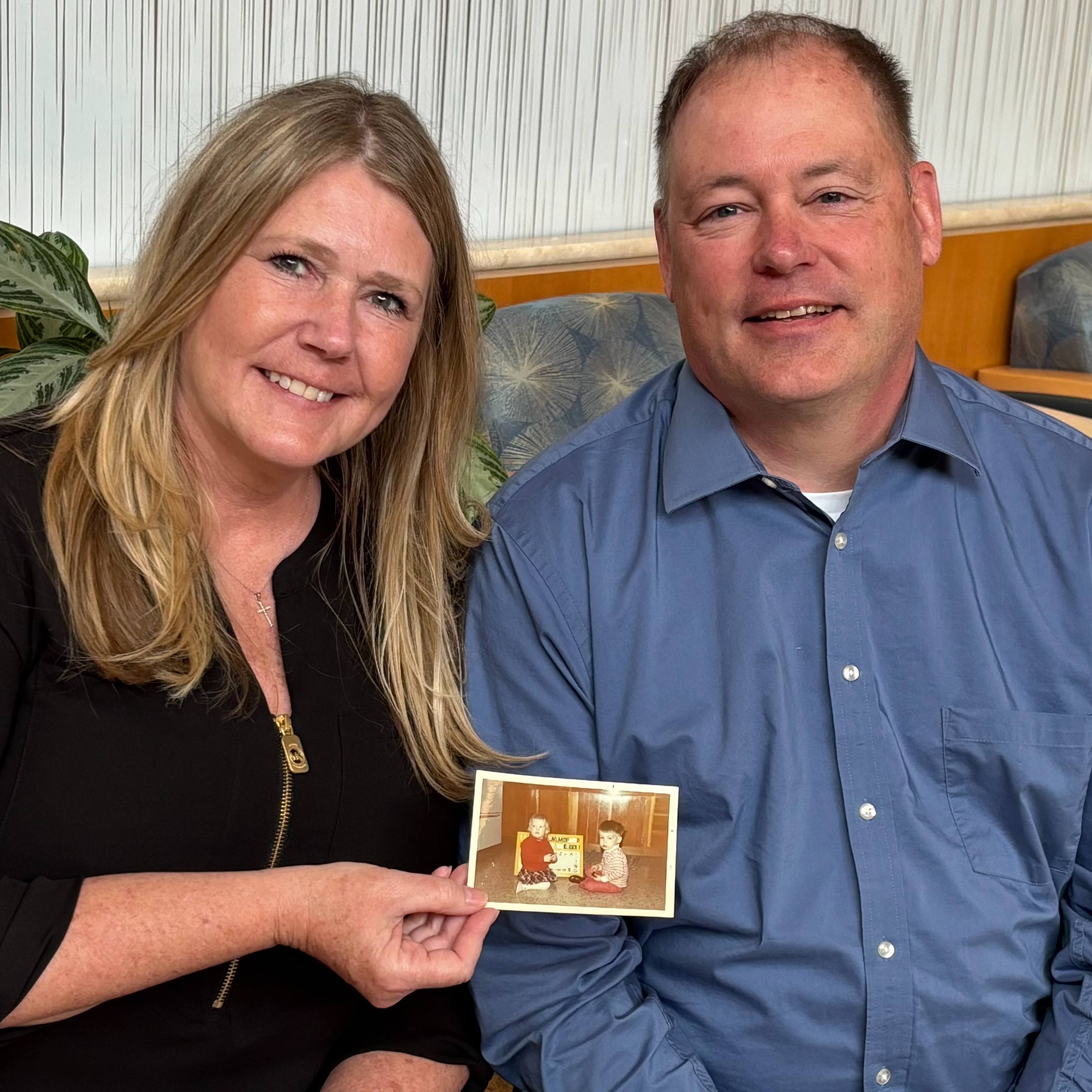-
Help! I Think My Teenager Might be Cutting
"She’s been wearing long sleeves even when it’s really hot out."
"She refuses to go swimming even though it was her favorite summer activity."
"He stays in his room most of the time and spends longer than usual in the bathroom."
"She is sensitive, moody and gets very angry, very quickly."
"I discovered razor blades under his mattress."
There is no single simple reason or diagnosis that can explain why someone is engaging in such behaviors, but emotional pain is almost always a constant. This unhealthy and impulsive coping strategy provides temporary relief from anxiety, a sense of control amidst chaos, and at times, is socially sanctioned or undertaken due to peer pressure. It can lead to significant problems including infection, permanent scarring and disfigurement. In extreme cases, the injury could be fatal.
Self-injury typically is not meant as a suicide attempt, although it still is serious. Medical help should be sought if you suspect such behavior. Patients report that prior to engaging in such behavior, they experience either a sense of numbness inside, which is uncomfortable, or they feel a ball of emotions and don’t know what to do with them. Cutting or other modes of self-injury, such as burning, piercing and multiple tattoos, all relieve these feelings — albeit momentarily. The temporary relief experienced after self-injury leads to a flood of other feelings — guilt, shame, fears and return of the previous emotional pain. This can lead to the vicious cycle of self-harm.
There is no one-size-fits-all kind of treatment for someone who is exhibiting such behaviors. A treatment plan will include therapy to get to the root of some of the emotional pain and, at times, medications to help with underlying mental health issues, such as depression or anxiety. Management of cutting or other such behaviors will require time, hard work and a desire to learn healthier coping skills. A specific kind of therapy called dialectical behavioral therapy (DBT) may be helpful.
Creating a crisis plan of things to do when in such a frame of mind will also be helpful. This can include:
• Someone to call or talk to when one is feeling like they might cut
• Activities, such as walking or listening to music to engage in to distract oneself, so the impulse to self-harm passes
• Having a crisis number at hand
• There are free smart phone apps available to help with a safety plan
If, despite a crisis plan, the person does not feel safe, they should present to the nearest emergency department for help.
Filza Hussain, M.D., is a Mayo Clinic Health System behavioral health provider.








